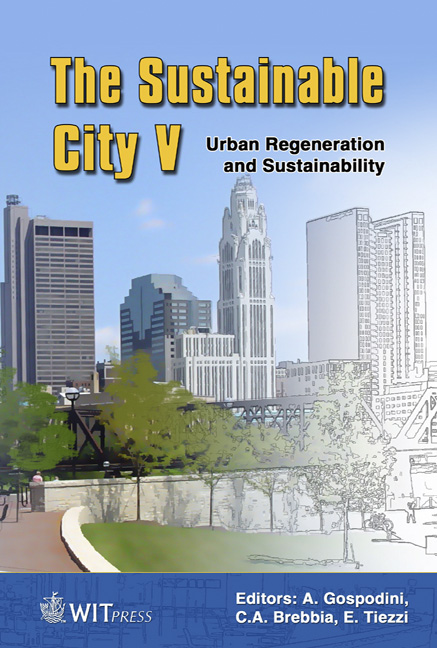Urbanisation As A Driver Of Change
Price
Free (open access)
Transaction
Volume
117
Pages
10
Page Range
95 - 104
Published
2008
Size
293 kb
Paper DOI
10.2495/SC080101
Copyright
WIT Press
Author(s)
S. Thomas
Abstract
Half the world’s population now lives in urban areas. Urbanisation has been a rapid process and virtually all the forecast population growth in coming years will take place in urban areas in less developed countries. Research into urbanisation at Arup has been undertaken as part of an initiative to look at Drivers of Change – an ongoing programme exploring issues most likely to have a major impact upon society. There is clear evidence that urbanisation can play a positive role in social and economic development. By concentrating half the world’s population on less than 3% of its land area, urban settlements give sustainability a better chance. However, cities also draw together many of the world’s major environmental problems. It is important to understand the negatives associated with urbanisation and see these in terms of opportunities and chances to do things differently in the future. Keywords: urbanisation, population growth, cities, slums. 1 Introduction Urbanisation is generally defined as the process of growth in the proportion of a country’s population living in urban areas. The 20th century witnessed rapid world urbanisation, with the global urban proportion rising from 13% in 1900 to 49% in 2005. In terms of numbers this is a change from 220M urban dwellers in 1900 to 3.2bn in 2005 – a 15-fold increase [1]. This paper looks at what has caused this change and what it may mean to have half the world’s population living in urban areas – a proportion that is set to increase. 1.1 Definitions While there is general agreement that urbanisation is growth in the proportion of a country’s population living in urban areas, there is less agreement about what
Keywords
urbanisation, population growth, cities, slums.





